The “Manlilikha ng Bayan (National Living Treasures)” Exhibit, opened last June 1, 2016, features the work and lives of 13 people awarded, since 1993, the Gawad Manlilikha ng Bayan (GAMABA) or the National Living Treasures Award (institutionalized through Republic Act No. 7355 in April 1992) in recognition of their contribution and preservation of culture.
Check out “National Museum of Anthropology“
A Manlilikha ng Bayan is defined as a citizen engaged in any traditional art uniquely Filipino whose distinctive skills have reached such a high level of technical and artistic excellence and have been passed on to and widely practiced by the present generation in his/her community with the same degree of technical and artistic competence.
The 13 awardees are:
- Ginaw Bilog (1993) – a Hanunuo Mangyan poet from Mansalay, Mindoro who took it upon himself to continually keep scores of ambahan (a poetic literary form composed of seven-syllable lines used to convey messages through metaphors and images) poetry recorded, not only on bamboo tubes but on old, dog-eared notebooks passed on to him by friends.
- Masino Intaray (1993) – a gifted Pala’wan poet, musician and bard artist from Brookes Point, Palawan who is an outstanding master of the basal (a gong music ensemble), kulilal (a highly lyrical poem expressing passionate love) and bagit (a strictly instrumental music depicting the rhythms, movements and sounds of nature, birds, monkeys, snakes, chirping of insects, rustling of leaves, the elements and the like)
- Samaon Sulaiman (1993) – a Maguindanao musician from Mama sa Pano, Maguindanao who achieved the highest level of excellence in the art of kutyapi (a two-stringed plucked lute) playing. His extensive repertoire of dinaladay, linapu, minuna, binalig, and other forms and styles, interpreted with refinement and sensitivity, fully demonstrate and creative and expressive possibilities of his instrument.
- Lang Dulay (1998) – a traditional t’nalak textile weaver from T’boli, Lake Sebu, South Cotabato, who knows a hundred designs, including the bulinglangit (clouds), the bankiring (hair bangs), and the kabangi (butterfly), each one special for the stories it tells. Using red and black dyes, she spins her stories with grace and her textiles reflect the wisdom and the visions of her people.
- Salinta Monon(1998) – a Tagabawa Bagobo textile weaver from Bansalan, Davao del Sur, who built a solid reputation for the quality of her work and the intricacies of her designs. Of the many designs she weaves, her favorite is the binuwaya (crocodile), which is one of the hardest to make.
- Alonzo Saclag (2000) – a Kalinga master of dance and the performing arts from Lubuagan, Kalinga, who has made it his mission to create and nurture a greater consciousness and appreciation of Kalinga culture, among the Kalinga themselves and beyond their borders. He has also endeavored to revive the dying craft of gangsa (Kalinga gong) making.
- Federico Caballero (2000) – a Sulod-Bukidnon epic chanter from Calinog, Iloilo who ceaselessly work for the documentation of the oral literature, particularly the ten epics of his people, rendered in a language that, although related to Kiniray-a, is no longer spoken. Together with scholars, artists, and advocates of culture, he painstakingly pieces together the elements of this oral tradition nearly lost.
- Uwang Ahadas (2000) – a Yakan musician from Lamitan City, Basilan skilled in playing the kwintangan kayu (an instrument consisting of five wooden logs hung horizontally, from the shortest to the longest, with the shortest being nearest the ground), agung and gabbang (a bamboo xylophone).
- Darhata Sawabi (2004) – a Tausug textile weaver from Parang, Sulu proficient in making the pis syabit, the traditional cloth tapestry worn as a head covering by the Tausug of Jolo, as well as used to adorn native attire, bags, and other accessories.
- Eduardo Mutuc(2004) a Kapampangan metalsmith from Apalit, Pampanga who dedicated his life to creating religious and secular art in silver, bronze, and wood. His intricately detailed retablos, mirrors, altars, and carosas are in churches and private collections. A number of these works are quite large, some exceeding forty feet, while some are very small and feature very fine and delicate craftsmanship.
- Haja Amina Appi (2004) a Sama mat weaver from Tandubas, Tawi-Tawi who is recognized as the master mat weaver among the Sama indigenous community of Ungos Matata. Her colorful mats with their complex geometric patterns exhibit her precise sense of design, proportion and symmetry and sensitivity to color. Her unique multi-colored mats are protected by a plain white outer mat that serves as the mat’s backing. Her functional and artistic creations take up to three months to make.
- Magdalena Gamayo (2012) – an Ilocano textile weaver from Pinili, Ilocos Norte who exemplifies the best of Filipino abel weaving tradition in Ilocos. Magdalena prefers to work with linen because it is obedient to the master weaver’s touch. She uses a loom with a sturdy wooden frame with three-foot pedals with wide horizontal beams to support the warp and an even longer lengthwise frame to keep the threads in place.
- Teofilo Garcia (2012) – also called Apu Pilo, this Ilocano from San Quintin, Abra makes tabungaw (gourd casque), a unique, functional and elegant, all-weather headpiece that shields one from the rain and the sun. The native gourd is hollowed out, polished, and varnished to a bright orange sheen to improve its weather resistance. The inside is lined with finely woven rattan matting, and the brim sports a subtle bamboo weave for accent.
This exhibition has been made possible through a partnership with the National Commission for Culture and the Arts (NCCA), the highest policy-making and coordinating body for culture and the arts of the State tasked with the administration and implementation of the award, and the Office of the Senator Loren Legarda.
The NCCA, through the Gawad sa Manlilikha ng Bayan Executive Council, conducts the search for the finest traditional artists of the land, adopts a program that will ensure the transfer of their skills to others, and undertakes measures to promote a genuine appreciation of and instill pride among our people about the genius of the Manlilikha ng Bayan.
On display are some of the finest examples of our traditional artistry such as mats, textiles, costumes, looms, ornaments and musical instruments made y some of the most skillful artists from local ethnic communities across the country as well photos and short biographies of the awardees.
NOTE: On May 28, 2021, the gallery was upgraded to include the weave masterpieces of three Manlilikha ng Bayan from Mindanao in 2016. The three are:
- Ambalang Ausalin (2016) – a Yakan textile weaver from Lamitan City, Basilan who is able to bring forth all designs and actualize all textile categories typical to the Yakan. Using the back strap tension loom, she can execute the suwah bekkat(cross-stitch-like embellishment) and suwah pendan (embroidery-like embellishment) techniques of the bunga sama
- Estelita Bantilan (2016) – a B’laan mat weaver from Malapatan, Sarangani who weaves thin strips of the pandanus romblon into some of the biggest, most subtly beautiful mats to be seen anywhere in Southeast Asia today. Her devotion to the idea of mats as gifts, rather than as commodities for sale, is the same concept of making that allowed her to refine her art to a technical and aesthetic sophistication vested in remarkable visual restraint.
- Yabing Masalon Dulo (2016) – a B’laan weaver from Polomolok, South Cotabato, she is an expertin the making of fine, colorful warp ikat textiles from lutáy (abaka to other Philippine peoples).
“Manlilikha ng Bayan (National Living Treasures)” Exhibit: 3/F, National Museum of Anthropology, Agrifina Circle (or Teodoro Valencia Circle, adjacent to the National Museum of Fine Arts building),Padre Burgos Drive, Rizal Park, Ermita, Manila. Tel: (02) 8528-4912 (02) 8527-1232 (Ethnology Division) and (02) 8527-0278. E-mail: nationalmuseumph@gmail.com and nationalmuseumph.anthropology@gmail.com. Open Tuesdays to Sundays, 10 AM – 5 PM. Admission is free.

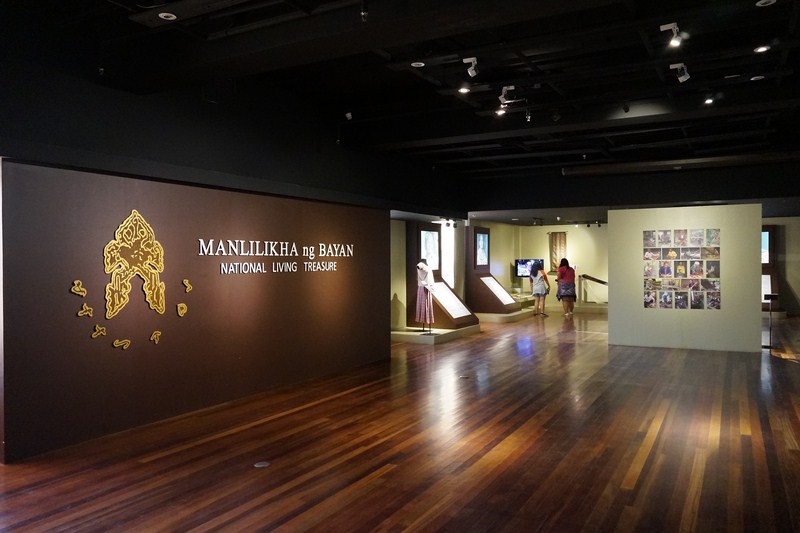
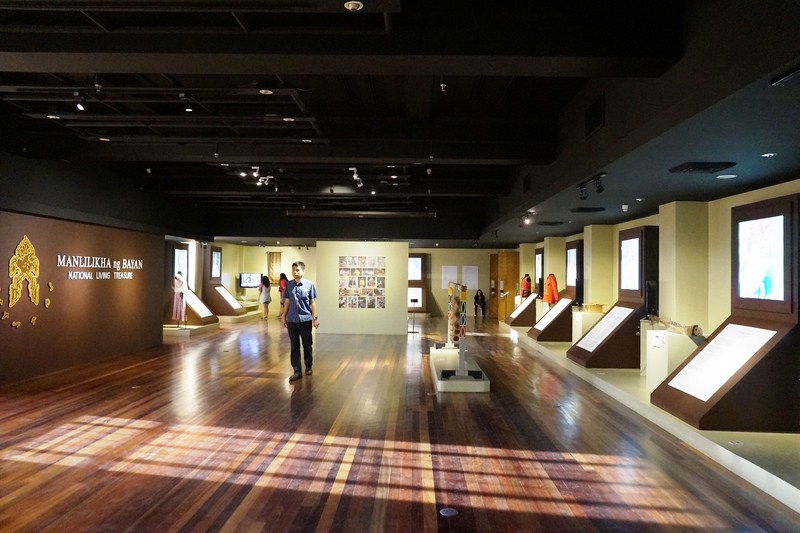
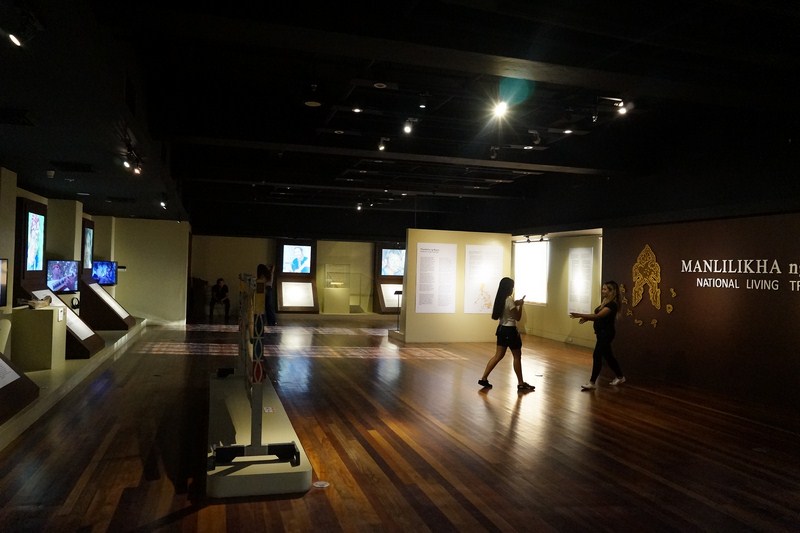
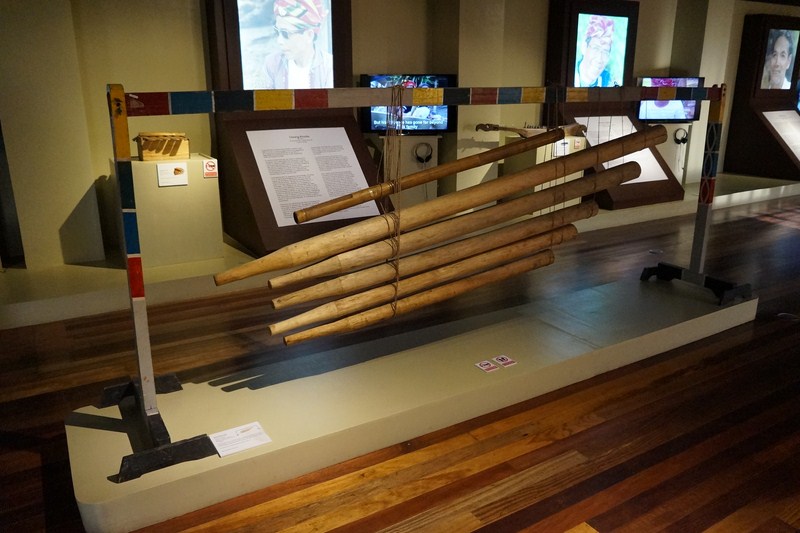
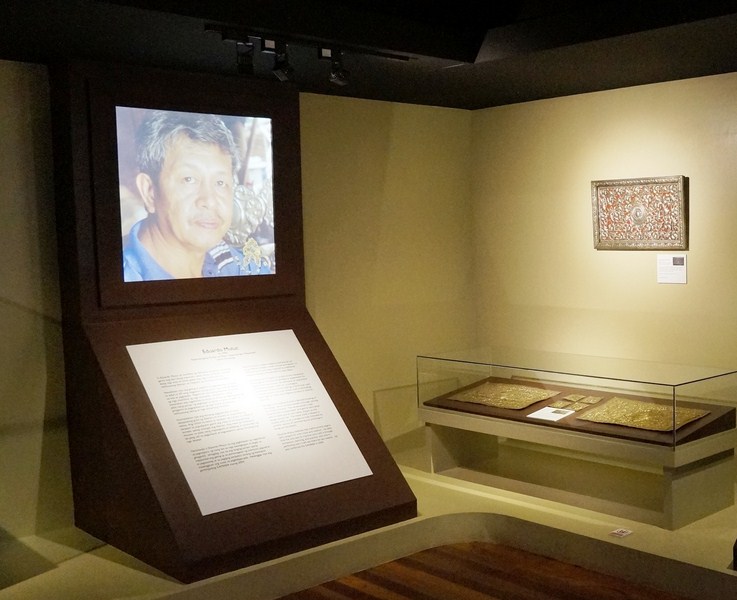
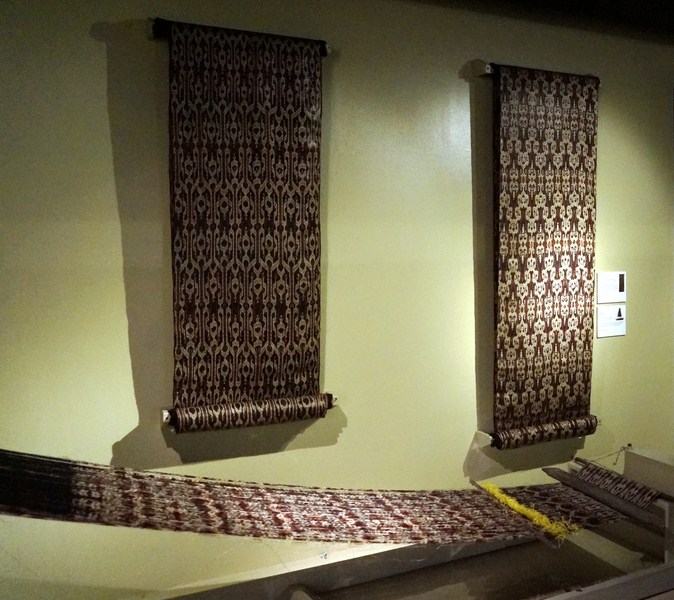
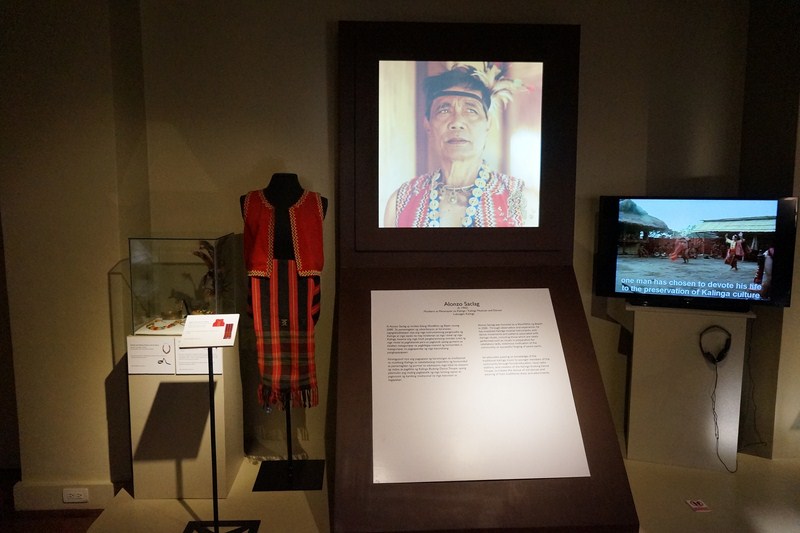
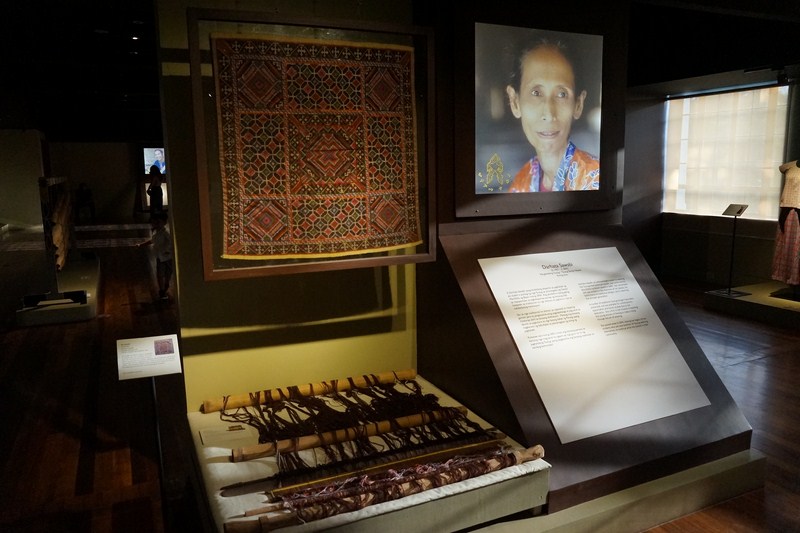
Pingback: My Homepage